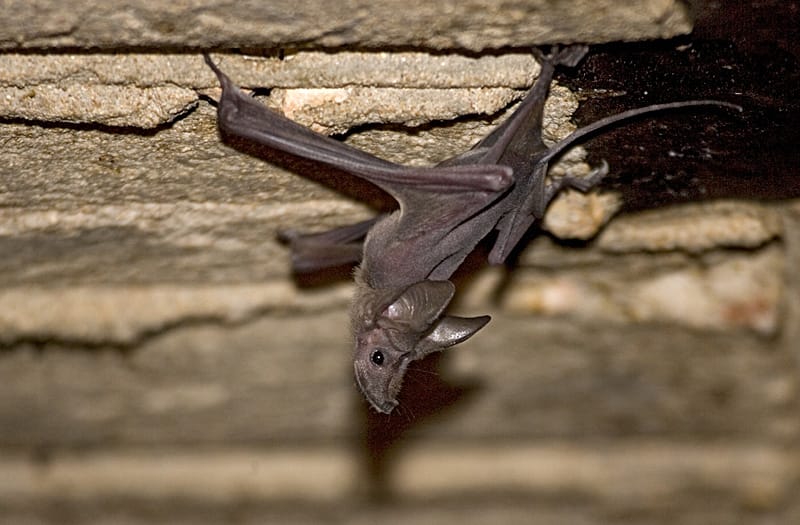Monitoring the distribution of Bats across Arabia

In Saudi Arabia, there are at least 30 species of bats but very little is known on the populations, distribution and ecology in Arabia. Three species of fruit bats occur in Saudi Arabia, and for thousands of years these bats have had a close association with planted fruit trees such as the date palm, a key agricultural crop in Arabia. The date palm itself has had such a significant impact on human activity in Arabia that it has been inscribed on UNESCO’s list as an example of cultural intangible heritage of humanity. The Heart of Arabia team will pass through the Al Ahsa oasis, the largest oasis in Arabia that because of its date palm heritage has been recently added by UNESCO to the world heritage list (Al-Ahsa Oasis, an Evolving Cultural Landscape – UNESCO World Heritage Centre).
In recent years the public perception is that bats have been connected to the spread of the MERS and other viruses, shining a negative spotlight on bats in Saudi Arabia and the region. Whilst such links have been refuted by the International Institute of Virology, and others, the emergence of Covid-19 has brought such suspicions back into the public domain.
The Heart of Arabia expedition aims to fill some knowledge gaps in bat species distribution across Saudi, as well as raise awareness on Arabia’s bats and help shift these views to highlight the importance of bats for controlling insect populations, pollination and seed dispersal. Throughout the expedition, the team will inspect potential roosting sites such as wells, old buildings and accessible caves and each night use the latest technology in the form of acoustic devices to gather ultrasonic echolocation calls of bats. These valuable observations and recordings will be stored and shared with the Terrestrial Ecology and Conservation team at Beacon Development Department King Abdullah University of Science and Technology (KAUST) and Dr Andrew Spalton, advisor to the Office of Conservation Affairs in Muscat, Oman and member of the West Asia Bat Network (www.wabnet.org).
Philby became an expert tracker and showed a great interest in wildlife. Along the journey the expedition team will inevitably become adept at identifying wildlife tracks and collect these observations with the help of locals …“And so in the Arabian desert the good guide is he who observes carefully, deduces accurately and remembers faithfully.” H. St. John B. Philby, The Empty Quarter, 1933.

